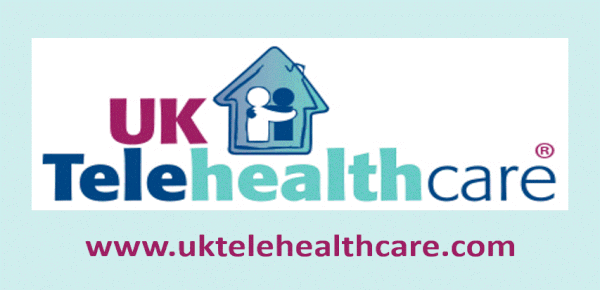A neuroscience research team at the Medical College of Georgia (MCG) in Augusta has developed a way to decipher a video image of a person to measure a person’s heart and breathing rates. Using any single-channel video camera, including a web or cell phone cam, in day, low-light or even at night using near-infrared images, they have developed algorithms to track how the body moves slightly from the way light is reflected off of it and recorded. This can determine within fair clinical accuracy of physical measurements, with false positives only 3 percent of the time and false negatives less than 1 percent. If produced to work with systems to scale, this could vastly assist telemedicine consults especially at distance and facilitate hands-free in-person examinations. Research published in PLOS ONE with a summary in Healthline News. Philips in July started marketing a ‘Vital Signs Camera’ app for $1.99 in the iTunes Store that also measures heart and breathing, but not to clinical quality.
Sign up for our weekly alerts emails - the easiest way to keep up to date!







Most Recent Comments